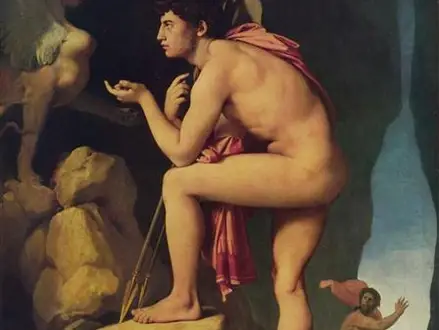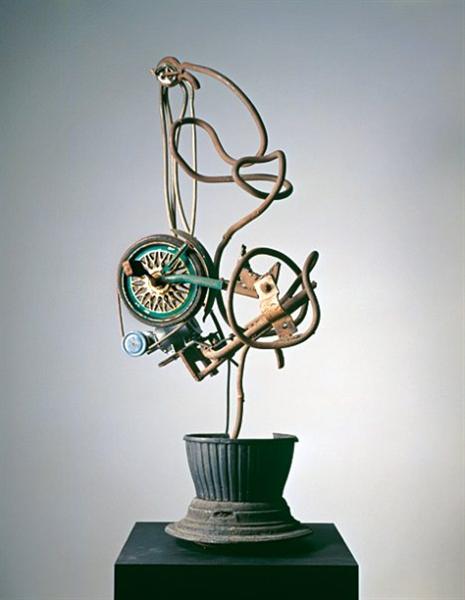Title of Artwork: “Oedipus and the Sphinx”

Artwork by Jean Auguste Dominique Ingres
Year Created 1808
Summary of Oedipus and the Sphinx
Jean Auguste Dominique Ingres depicts Oedipus and the Sphinx in his painting Oedipus and the Sphinx. It was first painted in 1808 as a student project, but it was expanded and completed in 1827. Painting depicts the Sphinx riddle being explained by Oedipus. It is an 189 x 144 cm oil painting on canvas that was acquired by the Louvre in 1878.
All About Oedipus and the Sphinx
Beginning in Rome, where Ingres had finally arrived in 1806 after winning the Grand Prix de Rome in 1801, Ingres began work on the painting. Ignasius Ingres continued his studies in a studio on the grounds of Villa Medici, where he sent works to Paris at regular intervals to be judged. Ingres sent a life-size figure of Oedipus and The Valpinçon Bather as his 1808 envoi, hoping to demonstrate his mastery of the male and female nude through these two paintings. Both paintings were criticised by the academicians for their treatment of light and for not being idealised enough.
After that, Ingres kept the Oedipus figure in his studio for a long time. Around 1825, he decided to rework it into a more developed narrative scene from what was essentially a figure study. A 20-cm-long left margin, a 31-cm-high top, and a 31-cm-long right margin were all added to the canvas. The contrast between the brightly illuminated landscape in the distance and the shadows that encircle the Sphinx was created in the expanded picture space. A new pose for the Sphinx was created by Ingres, as well as the addition of human remains in the lower left-hand corner. At this point, Ingres also added the fleeing man on the right, whose demeanour and expression reveal his interest in Poussin’s work. This work, along with two portraits, was shown in the Salon in November 1827 and received a warm reception.
The painting is dated and signed in the lower left-hand corner. It was purchased by the Louvre in 1878 after Ingres sold Oedipus and the Sphinx to a private collector in 1829.
On display at the National Gallery in London is an 1826 oil sketch that Ingres used to fine-tune his composition before starting a new painting. Edgar Degas purchased it in 1897 or earlier and was the previous owner.
Ingres created a smaller version of Oedipus and the Sphinx in 1864, in which the composition is reversed and numerous details are altered. For more information, please visit the Walters Art Museum in Baltimore, MD.
Information Citations
En.wikipedia.org, https://en.wikipedia.org/.





















